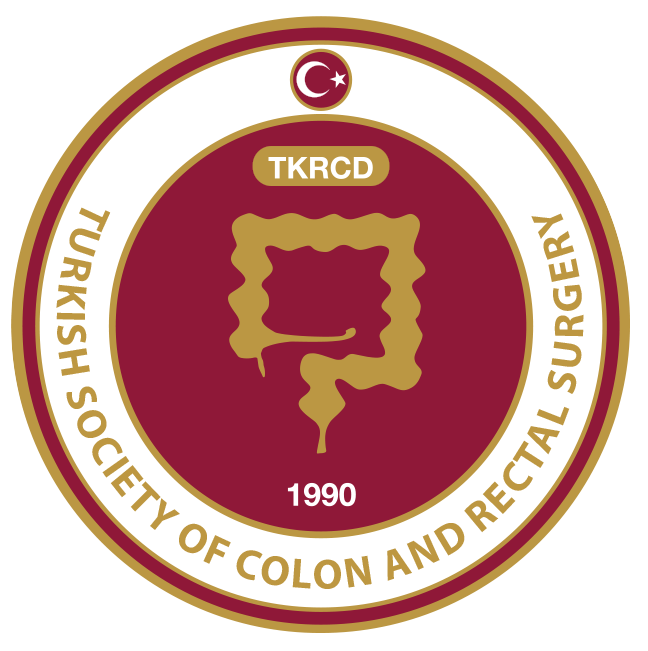ABSTRACT
Stoma is created for reasons such as cancer, inflammatory bowel diseases and trauma to increase the quality of life of patients and to correct the underlying pathological condition. However, stoma causes major changes in patients’ later life after opening. Patients take a great deal of time to adapt to the stoma and they need stoma therapy nurses. Stoma nurses, on the other hand, are responsible for the processes of diagnosis, treatment, and care services for these people, regardless of their conditions. During the coronavirus disease-19 (COVID-19) pandemic period, the responsibilities of stoma nurses continue to increase. Because of the pandemic conditions, the need of individuals with stoma for nurses increases more and it becomes difficult to reach nurses. This review was written to address the care of individuals with stoma and the issues that stoma nurses should pay attention during the pandemic period. The review was discussed in two parts: The individual with stoma and the stomatherapy nurse in the COVID-19 pandemic. As a result, individuals with stoma in the COVID-19 pandemic should stay at home as much as possible. When he/she needs to go to the hospital, he/she should contact the stoma nurse. During this period, stoma nurses should carry their daily work to online platforms. They should support individuals with stoma using phone, e-mail, and telehealth applications.
Introduction
Stoma creation due to reasons such as colorectal cancers, ulcerative colitis, Crohn’s disease, diverticular diseases, imperforate anus, traumas, intestinal obstructions, familial polyposis and congenital abnormalities greatly affects the lives of individuals. Because stoma requires individuals to change their life habits besides changes in body integrity and intestinal discharge.1,2 Although stoma seems to negatively affect the lives of individuals at first glance, the purpose of stoma is to prolong the life of people, to maket hem return to healthy and productive life, to increase the quality of life, and to correct the underlying pathological condition.3,4 It may take some time for individuals to realize the purpose of a stoma and adapt to it. Therefore, stoma nurses and other health professionals are needed to accelerate the adaptation process to the stoma.1,3,5 Due to the ongoing needs of individuals with stoma throughout their lives, communication with the stoma nurse continues. The stoma nurse, on the other hand, is responsible for the processes of diagnosis, treatment and care services for people with stoma, wound, incontinence and fistula problems, regardless of their conditions.6
Due to coronavirus disease-19 (COVID-19), which emerged on December 1, 2019 in Wuhan, the capital of the Hubei region of China and was declared a pandemic by the World Health Organization (WHO) on March 11, 2020, approximately 1,038,534 people died so far, and as of October 5, 2020, 8,498 people died in our country.7,8 All health professionals and nurses caring for the patient were at the forefront in controlling the COVID-19 pandemic that affected the world.9,10 Stoma nurses also worked in emergency and pandemic services like other nurses during the pandemic period. They also continued to provide services for individuals with stoma.
The pandemic has caused many adverse events on the global health system.10,11 The COVID-19 pandemic has potentially devastating effects for patients without COVID-19 due to its burden on the health system. Even in the normal lives of individuals, the presence of stoma has a great effect on the quality of life, while the need of these individuals for a nurse increases during the COVID-19 pandemic period.12 In this period, individuals with stoma represent a neglected group. Because, during the pandemic period, reducing the number of people admitting to the hospital to prevent in-hospital contamination, canceling elective surgeries in surgical clinics and employing health professionals in pandemic wards with insufficient medical resources made it difficult for individuals with stoma to reach stoma nurses.10,11,12
Many recommendations, guidelines and reviews on surgical and endoscopic applications in the COVID-19 pandemic have been published, and none of them has focused on individuals with stoma and stoma nurses. This review was written to address the care of individuals with stoma in the COVID-19 pandemic and the issues that stoma nurses should pay attention to. The review was evaluated in two parts: The individual with stoma and the stoma nurse during the pandemic period (Figure 1).
Conclusion
Patients with stoma during the COVID-19 pandemic should stay at home as much as possible. In order not to be infected, patients should be very careful even indoors. Before going to the hospital, the patient should contact the stomatherapy nurse by phone, e-mail or digital applications for problems with stoma. In cases where the patient needs to go to the hospital in an emergency, he/she should call the stoma nurse by phone. In cases where he/she must go to the hospital, he/she should go using a mask and face shield, even if he/she does not have signs and symptoms of COVID-19.
Stoma therapy nurses should not accept individuals with stoma in the stomatherapy unit during the pandemic period, except for emergencies. For patients who need urgent stoma creation, stoma site marking should be made using personal protective equipment. The stoma nurse should carry the daily work he/she does to digital platform. Individuals with stoma should be contacted daily by phone or e-mail. The stoma nurse is responsible for the cleaning of the stomatherapy unit. Throughout the pandemic, stoma nurses should both protect their health and serve individuals with stoma as much as possible.



